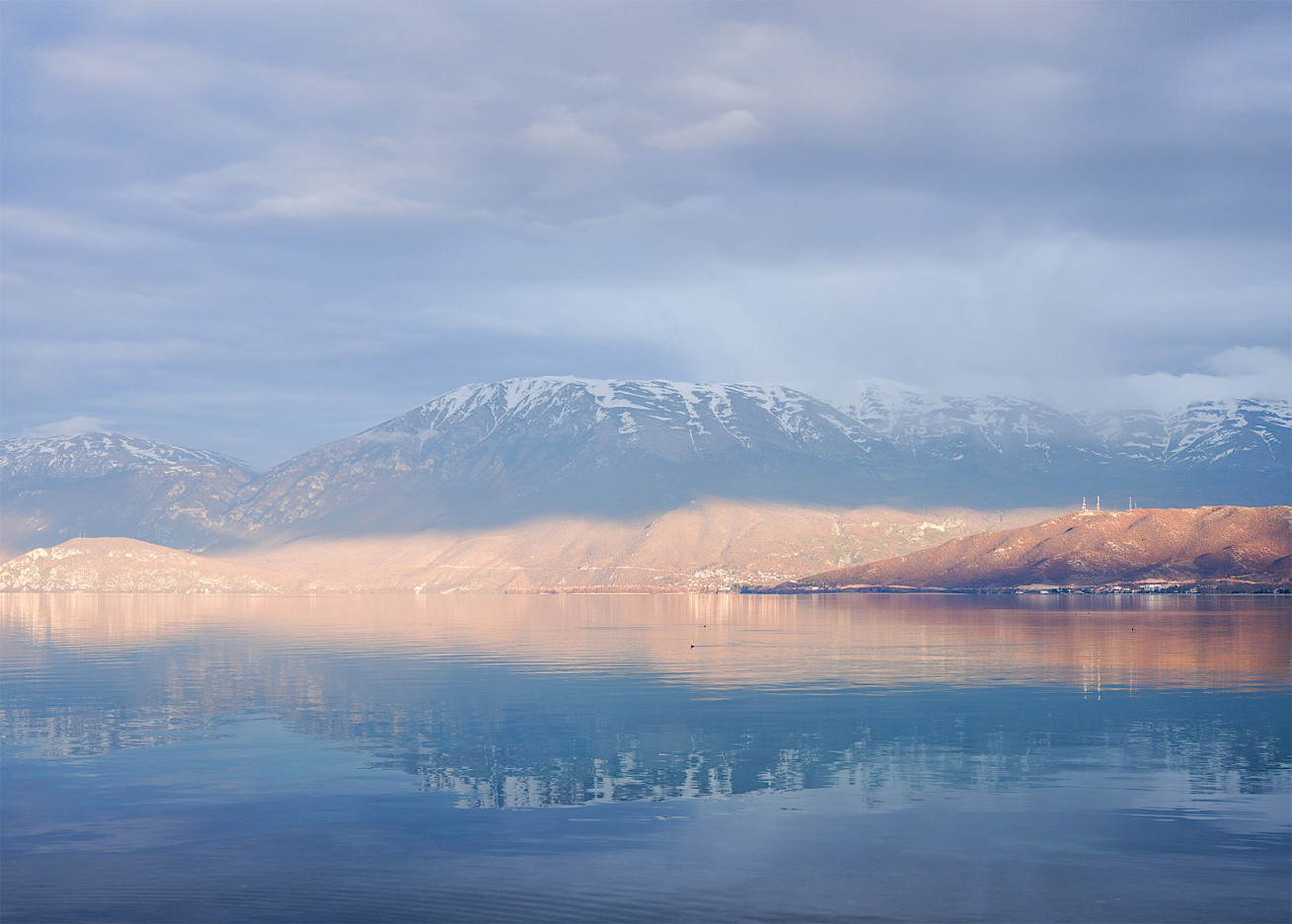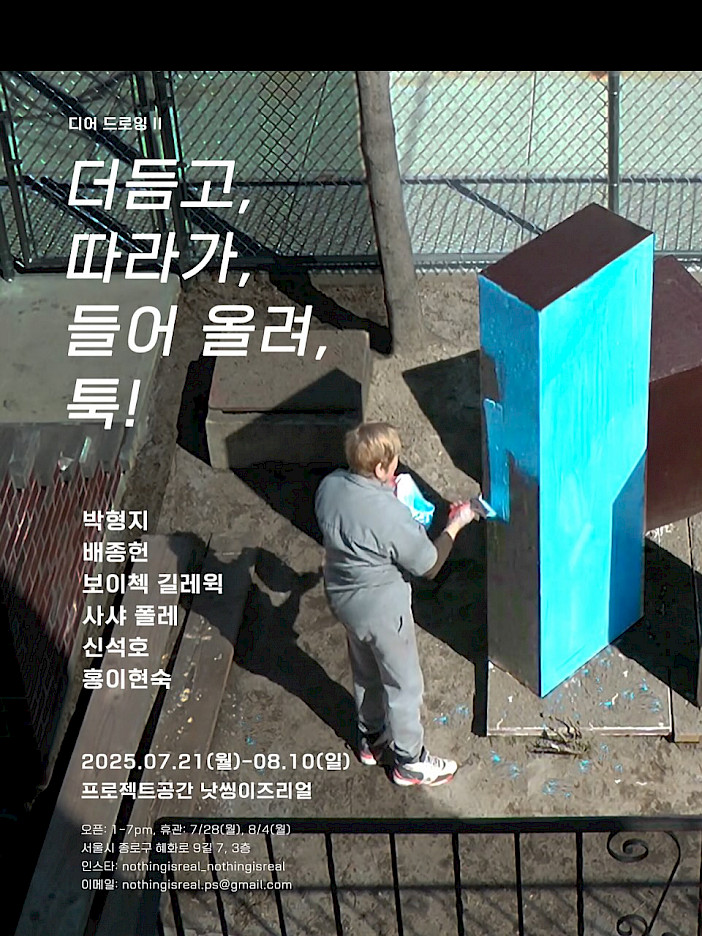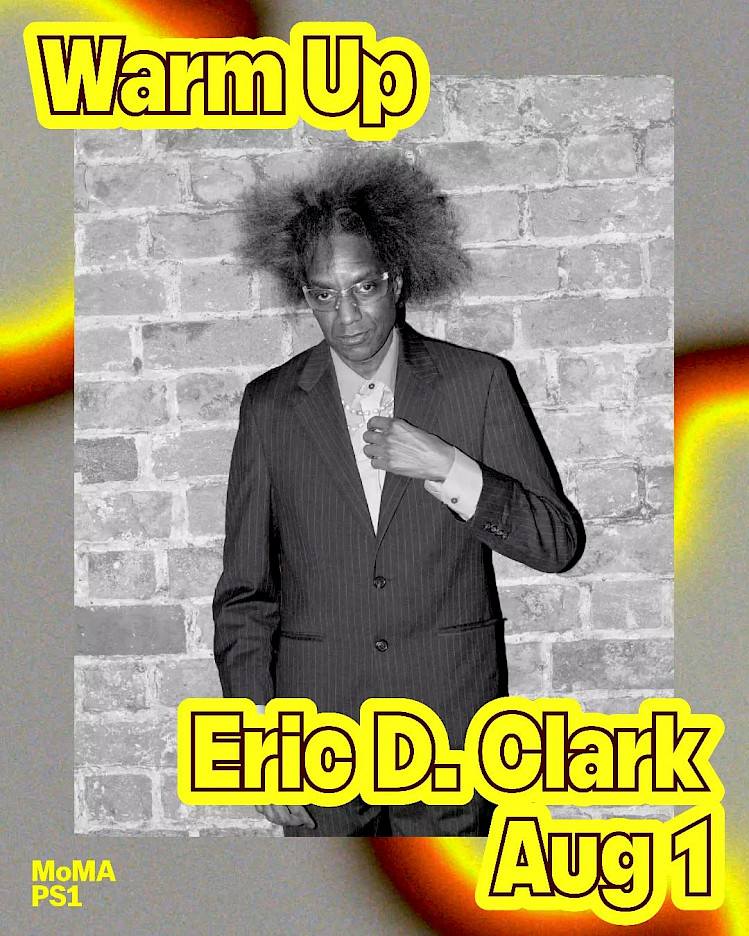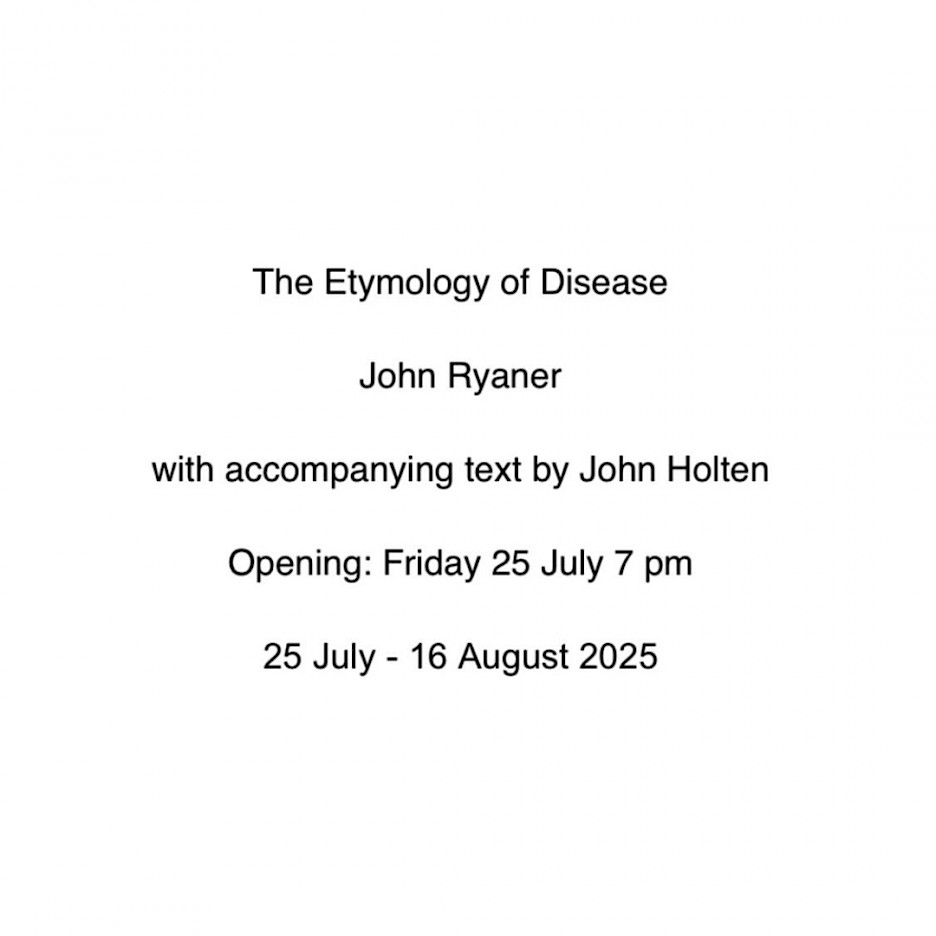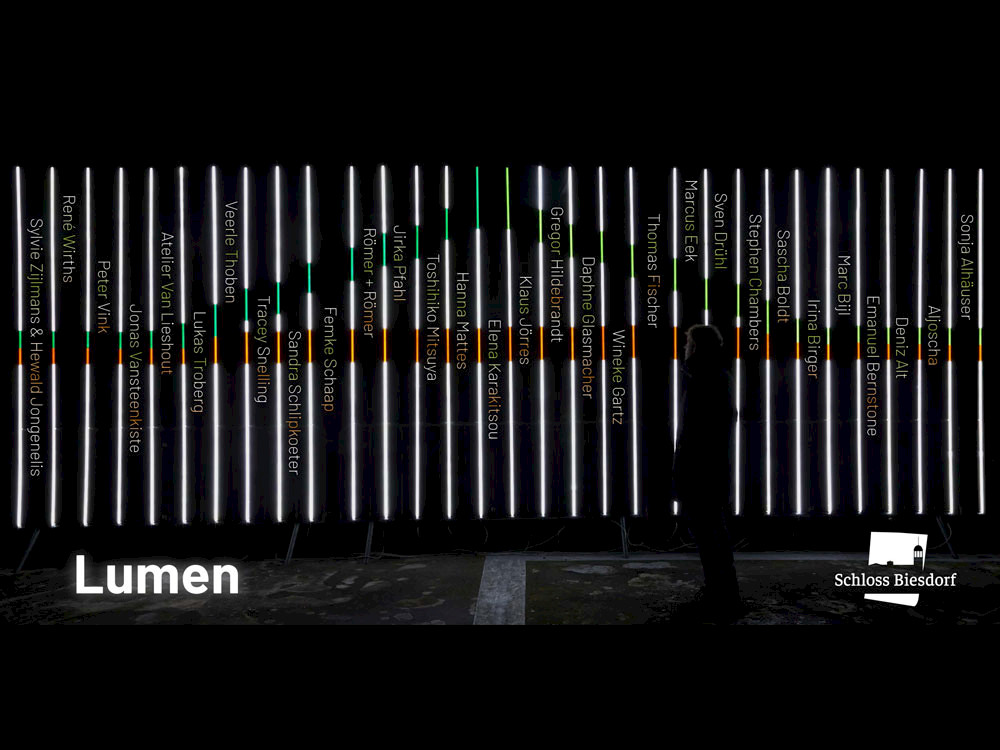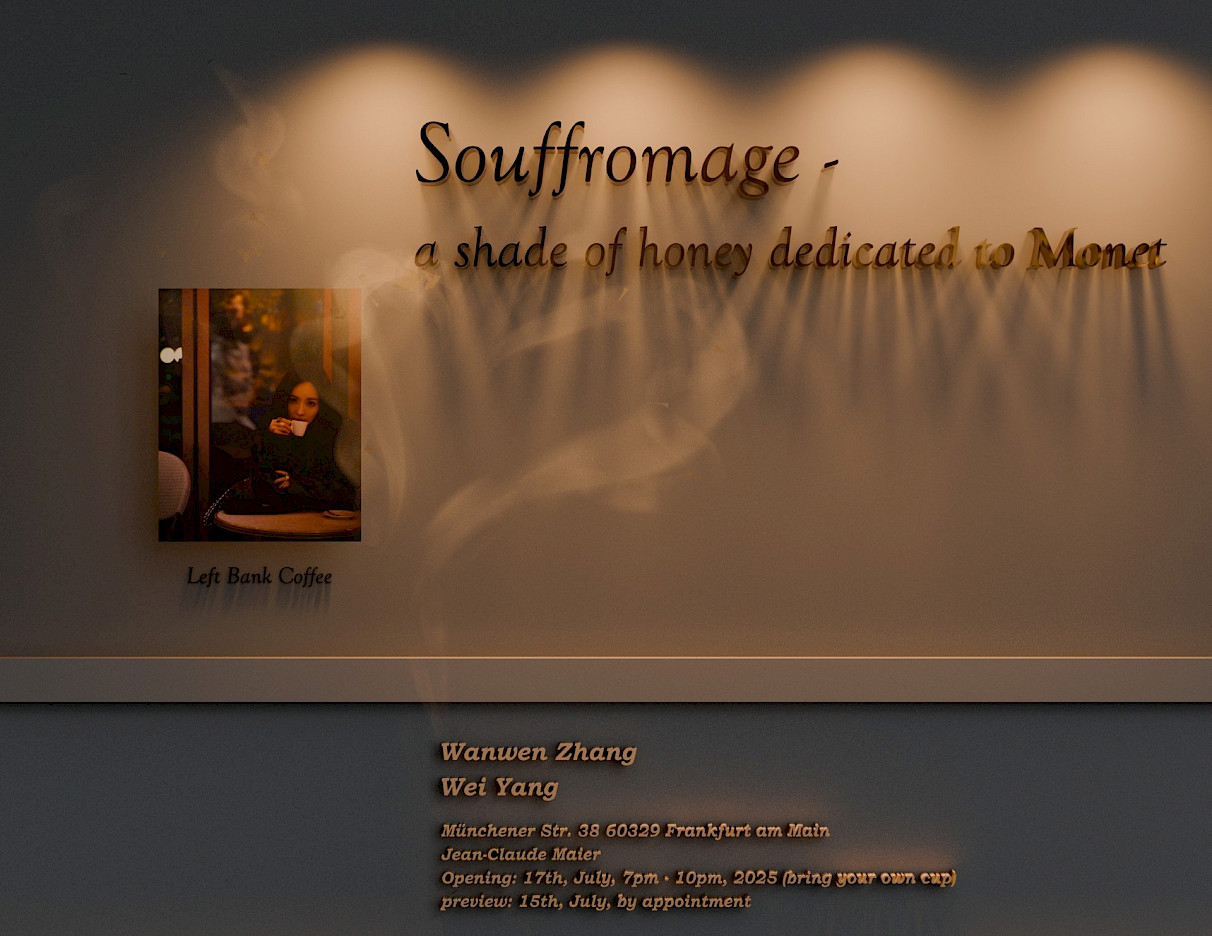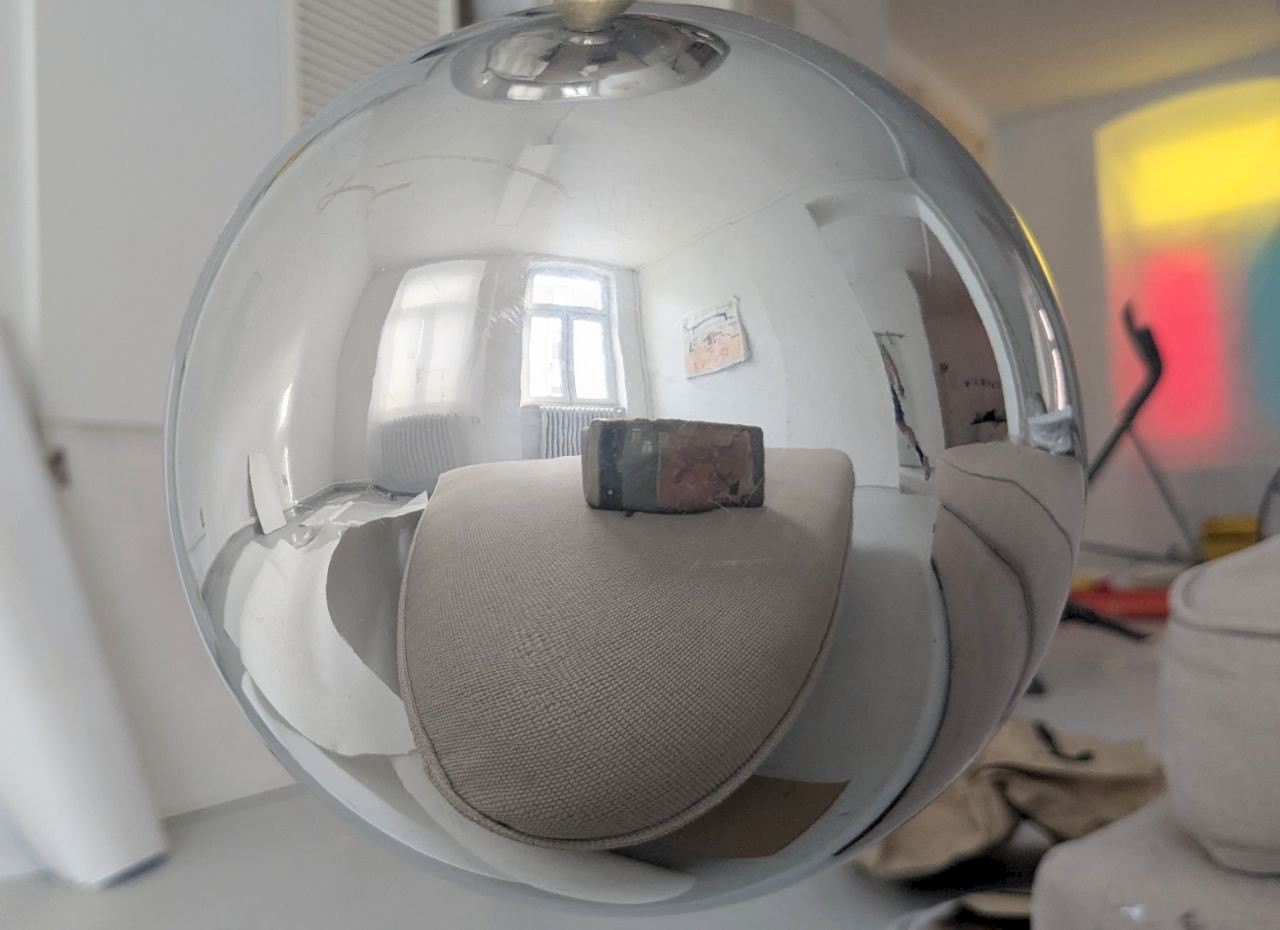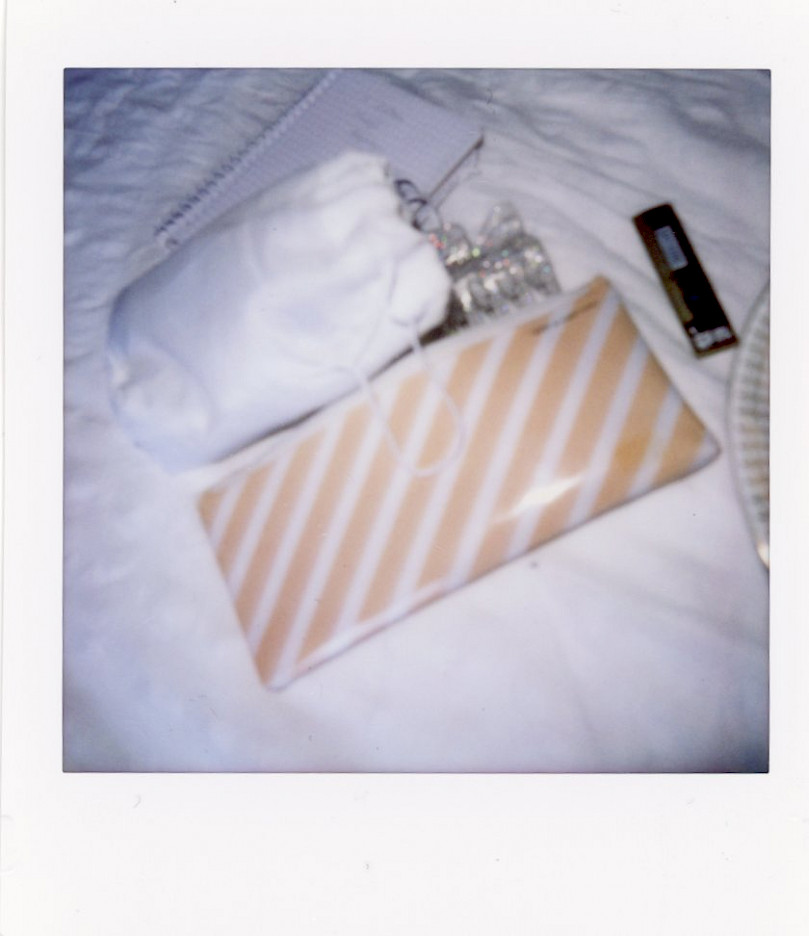Ian Waelder
Aug. 16 – Nov. 16, 2025
Kestner Gesellschaft
Goseriede 11
30159 Hanover
In thereafter, Ian Waelder connects the façade, atrium, and arcade hall of the Kestner Gesellschaft for the first time to form a spatial narrative between inside and outside, past and present. His works begin at the edges of the rememberable: familial traces, biographical fractures, everyday remnants – not as evidence, but as fragile carriers of a story that resists linear narration.
At the center of Waelder’s solo exhibition stands a labyrinthine structure made of cardboard, evoking the image of a packed moving box. The offset entrance of the arcaded hall diverts the gaze away from clear paths. Inside, sculptures, newspaper collages, a piano melody, and the materiality of cardboard and light condense into a dense assemblage—including a newspaper article covered with oats and traces of butter with the headline “Erbarmen” (“Mercy”), a deformed shoe last with a porcelain-like nose titled Sprain (38) (2023), and molded components from the Bystander (2025) series with dangling shoelaces. These are traces of domestic routines that elude concrete memory and yet evoke a strangely familiar atmosphere.
At irregular intervals, a brief piano melody sounds, preceded by the splash of falling water. This acoustic gesture traces a personal thread: memories of childhood melodies and his grandfather’s music accompany Waelder in his current residency at the Laurenz-Haus Foundation in Basel, where he came across a piano by chance and recorded a fragmentary piece. The artist, grandfather fled to Chile in 1939, weaves acoustic and material fragments into a poetics of remembrance in which the incomplete begins to take shape.
On the façade, Self-portraits as my father’s nose (2025) – proportionally enlarged nose sculptures made of seeds, in collaboration with his father, wait to be eaten by pigeons and other birds – their outlines might remain visible as traces. In the foyer, a triptych of raw linen works shows a running boy who seems to be moving forward out of the pictorial space as if in a filmic rewind– a quiet gesture of remembrance, a cinematic leap back into the past. Waelder’s use of materials and his works resist clear legibility and temporality. They conceive of memory not as reconstruction, but as a tentative movement along gaps, shifts, and sedimented surfaces where absence is most powerfully present.
Curator: Alexander Wilmschen
Assistant Curator: Emilia Radmacher
